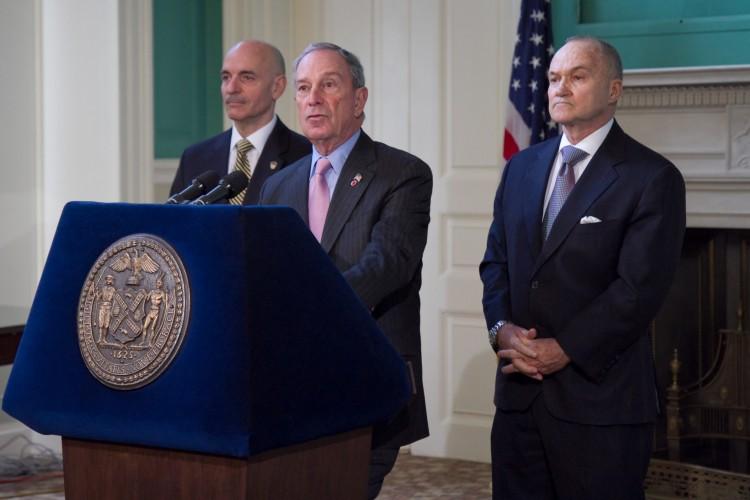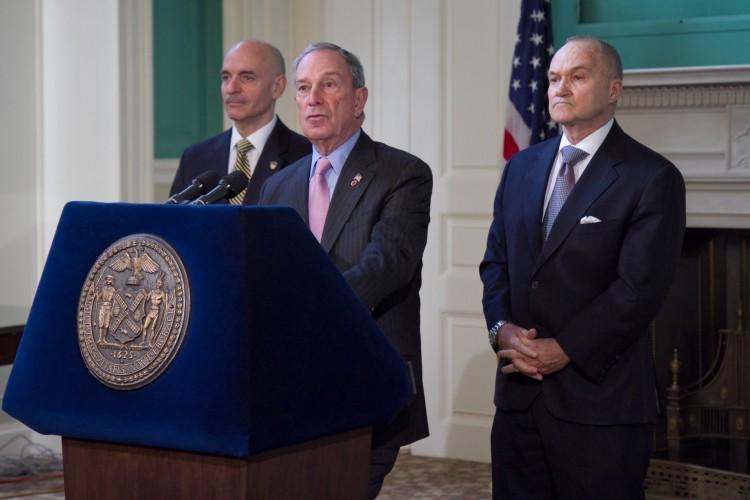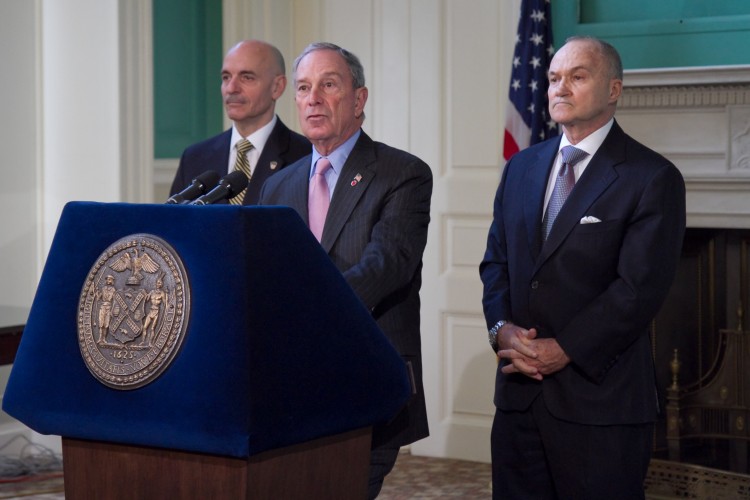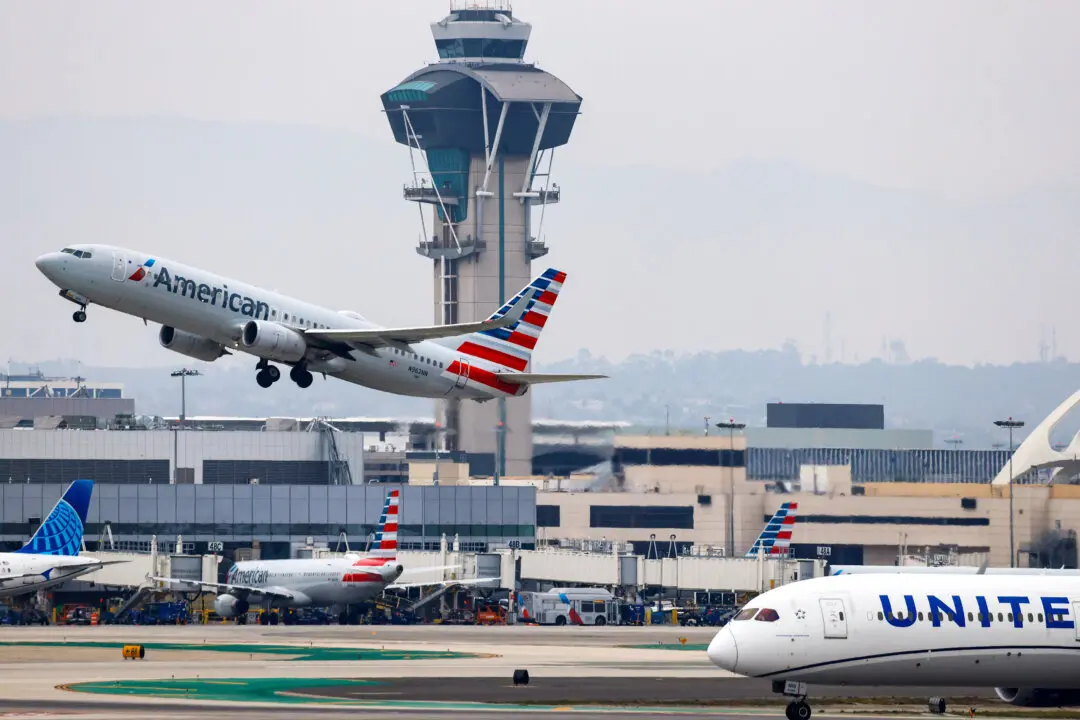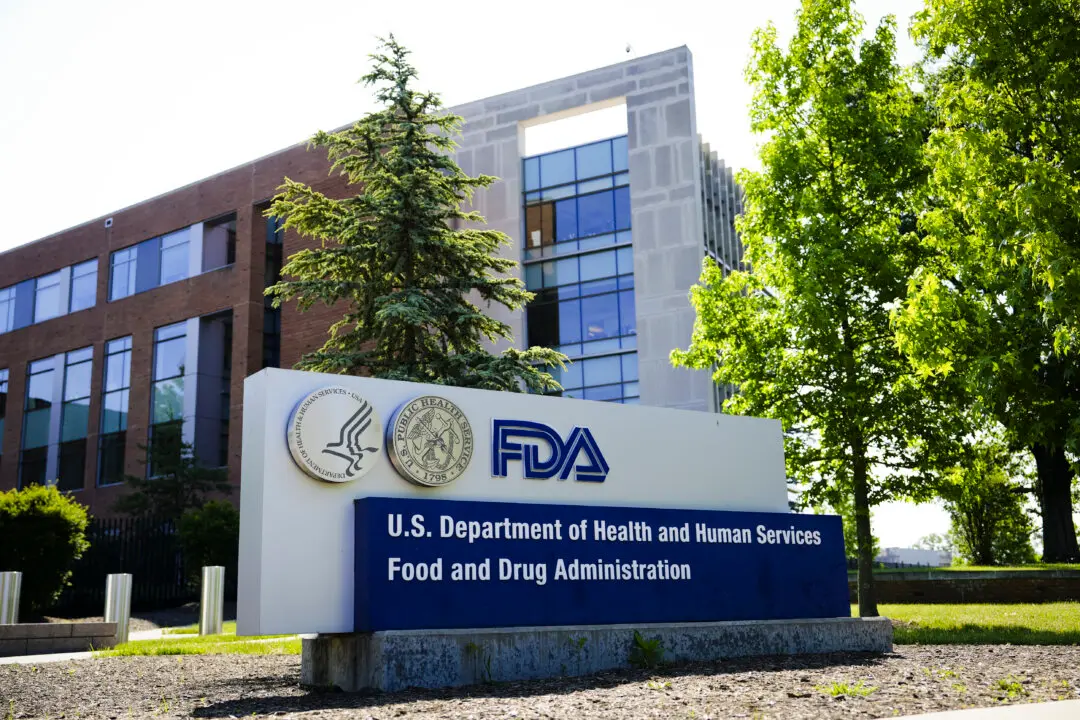NEW YORK—Murders and deaths caused by fire were at a near record low in 2011 in New York City probably thanks in part to advanced technology, gun control, and fast ambulance response times.
“Even working under tight budget constraints, our finest and bravest have once again kept New York the nation’s safest big city,” said Mayor Michael Bloomberg, who was joined by Police Commissioner Raymond Kelly and Fire Commissioner Salvatore Cassano at City Hall on Wednesday.
About 519 murders were recorded in the city in 2011, the 10th year in a row the murder rate has been under 600, and the third lowest number recorded since 1963, the year comparable recording started.
Murder rates in 2007 and 2009 were below 500 murders.
London, England, with a population of almost 8 million, had only 122 murders between Nov. 11, 2010 and Nov. 11, 2011, according to the Metropolitan Police.
Chicago, with a population of almost 3 million, and selected for comparison because of similar urban characteristics, had 400 murders in 2011 through November, according to the Chicago Police.
In 1990, New York City was third on a homicide list of the top 25 cities with 31 murders per 100,000 people, according to Kelly. Now the city is at the bottom of the list, with 6 murders per 100,000 people.
Grand larceny and automobile theft has fallen in the same time period from 30,000 incidences to just over 9,000, while subway crime has fallen from 50 daily incidents to 7.
He noted that this has almost meant fewer New Yorkers going to jail.
However, rape, sexual assault, and domestic violence rates have slightly increased since last year, and a police officer recently lost his life while responding to a robbery.
Almost 14,000 rapes occurred in the city in 2011, compared with about 3,400 in London and 1,345 in Chicago.
Felony crime declined—when disregarding the new designation of second-degree strangulation as a felony—for the 21st consecutive year. Overall, crime in the city has fallen from more than 527,000 incidents in 1990 to 102,445 incidents in 2011, despite having about 6,000 fewer officers this year, and the NYPD being involved in more counterterrorism efforts in the past decade.
Fire safety
Recording of reliable fire statistics in the city began in 1916. There were 141 deaths that year. In 2011 there were 64 deaths caused by fires—barring any more deaths before the end of the year.
This is the second lowest number of deaths since 1916—the lowest was 62 deaths last year.
Chicago, which began recording in 1959 and had 110 deaths that year, had 23 deaths caused by fire this year and 27 last year.
Commissioner Cassano attributed New York’s low fire-related deaths to numerous reasons: a 6 percent decrease of structural fires, a 3 percent decline of “serious” fires (those that cause high, negative impact), and widespread fire prevention and community education efforts, with more than 60,000 events sponsored by the FDNY’s fire education safety unit and foundation over the past decade.
Other factors include better smart CPR and fast response times. After new technology was introduced in 2008, response times fell an average of 20 seconds.
Cassano noted the Christmas morning fire in Stamford, Connecticut that killed five.
